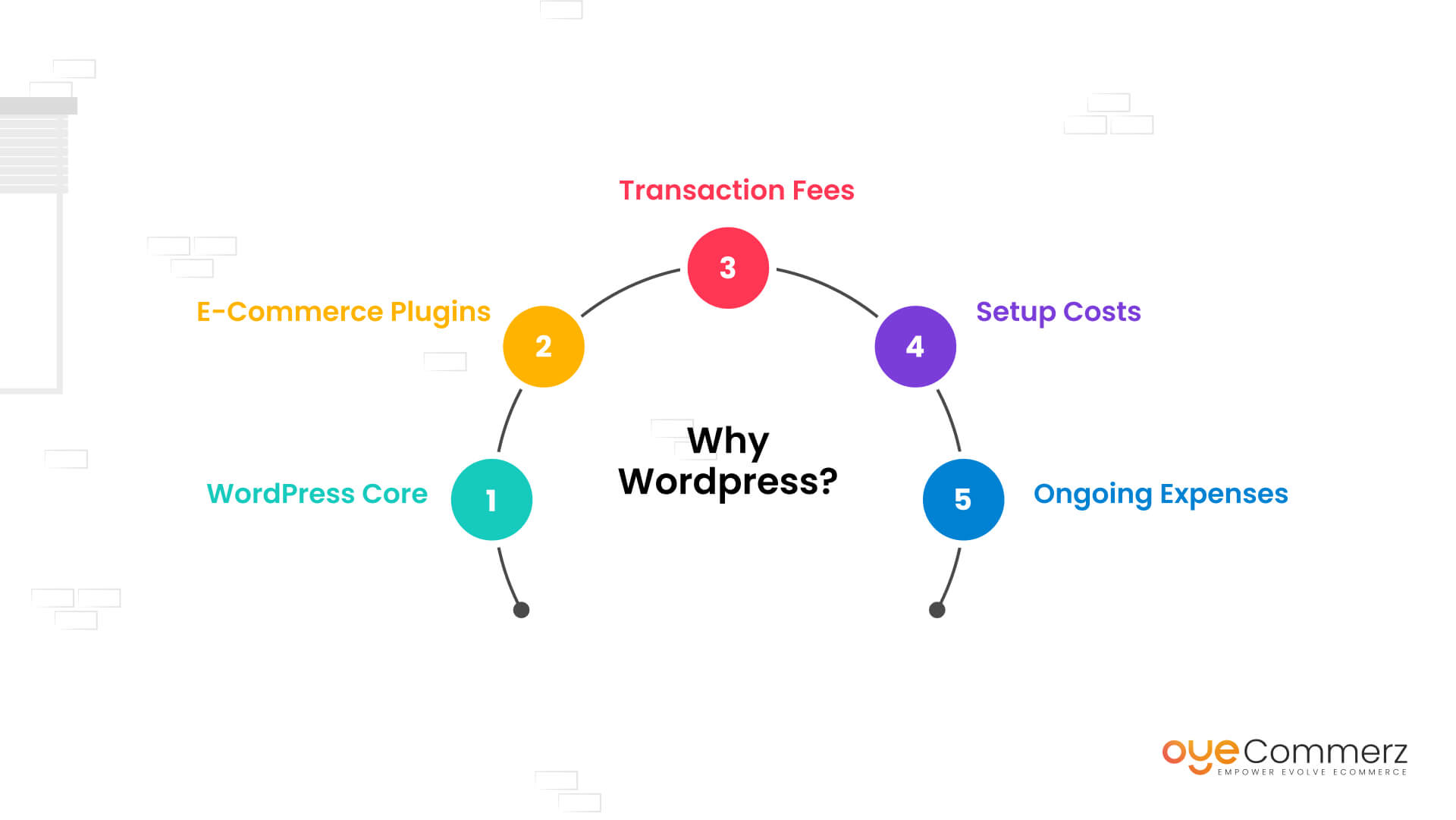Transitioning from WordPress to Shopify is an promising step in optimizing your online store operations. As businesses grow, choosing a platform that supports growth potential, UX, and customization becomes crucial. Shopify has emerged as a favorite for online merchants, providing superior flexibility, data protection, and user-friendliness. In this guide, we’ll explore why this migration is a game-changer, highlight the advantages, and share practical tips to ensure a smooth move.
1. Why Migrate from WP to Shopify?
WordPress, paired with WooCommerce, has served countless online stores. However, as businesses expand, challenges like plugin dependency, data risks, and technical complexities can hinder progress. Shopify, designed explicitly for e-commerce, eliminates these issues with an comprehensive, user-friendly solution. Real data back this shift—Shopify powers over 4.4 million websites worldwide, with a documented 10% boost to sales conversion rates for numerous merchants post-switch.
2. Key Benefits of Shopify for E-commerce Success
Shopify’s powerful platform caters for expanding businesses. Its standout benefits are:
- Effortless Design Flexibility: Shopify offers over 80 expertly crafted themes.
- Integrated Tools: Features like Shopify Payments and built-in SEO streamline operations.
- International Expansion: Currency versatility and localization features empower brands to expand internationally.
Additionally, Shopify delivers an uptime rate of 99.98%, guaranteeing your website remains accessible.
3. Preparing for WP to Shopify Migration
Prior to starting the migration process, assess your existing setup. Analyze product data, customer details, and SEO performance. Tools like Shopify’s Migration Kit or external tools can simplify this process. Create a detailed strategy, ensuring all resources—item details, media files, and articles—are optimized for transfer.
4. Data Migration: A Critical Step
Transferring your data forms the foundation for a smooth platform switch. When migrating from WP to Shopify, focus on:
- Inventory Details: SKU, descriptions, and categories.
- Customer Data: Emails, order history, and custom fields.
- SEO Optimization: Retain meta tags, URLs, and redirects to avoid SEO losses.
Leverage apps WordPress vs. Shopify for eCommerce like LitExtension to streamline data transfer while reducing mistakes.
5. Tailoring Your Shopify Store to Fit Your Brand
After the move, personalizing your Shopify store ensures it aligns with your business identity. Take advantage of Shopify’s intuitive page builder to create layouts with ease. Shopify's templates are optimized for all devices, ensuring a smooth user experience across platforms—a key point, given 74% of e-commerce traffic is generated by mobile users.
6. Maintaining SEO During Migration
Search engine optimization is crucial for preserving your online presence during migration. Shopify is highly optimized for search engines with clean URL structures, preloaded features, and seamless blog integration. Ensure:
- Set up URL forwarding for old URLs.
- Optimize new pages with keyword-rich content.
- Use Shopify's apps Plug in SEO to track analytics after the switch.
7. Essential Tests After Migrating to Shopify
Once the migration is complete, run detailed checks.
Review: - Website speed (Shopify boasts faster speeds compared to WordPress).
- Payment integration reliability and transaction flow.
- Adaptability across devices.
Quality assurance ensures your store delivers a smooth shopping experience from day one.
8. Real-Life Success Story
One such migration success story is Gymshark, a fitness apparel brand that moved to Shopify. Post-migration, the company experienced a 60% increase in mobile sales and reduced site downtime. This highlights the capabilities of Shopify in driving e-commerce growth.
9. Challenges and Solutions
Migration is not without obstacles, such as data integrity and reconfiguring custom functionalities. However, Shopify’s extensive assistance and third-party experts make overcoming these hurdles manageable. Partnering with qualified Shopify developers ensures a smooth transition.
10. Starting Your Journey with Shopify
Switching from WP to Shopify represents a forward-thinking decision to online retail. By addressing scalability, streamlining operations, and enhancing the customer experience, Shopify enables companies to succeed in challenging industries.
Final Thoughts
Switching from WordPress to Shopify is a Shopify API integration strategic move that can greatly enhance your e-commerce success. With a well-structured strategy, the right tools, and professional guidance, you can unlock new success milestones.
Ready to make the leap? Let’s discuss how our Shopify migration services can revolutionize your e-commerce platform. Get in touch today, or ask yourself: Is it time to seize Shopify’s advantages for your store?
